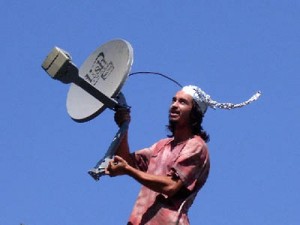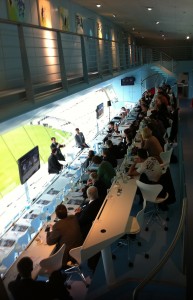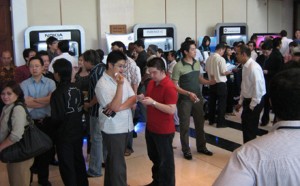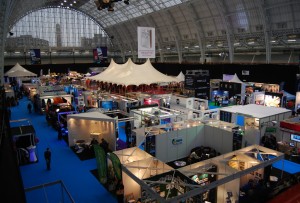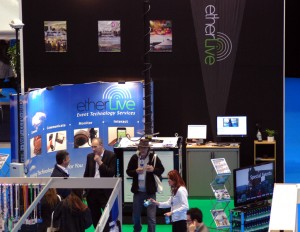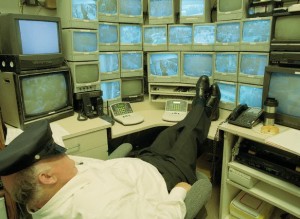Our latest investment in the new KA band satellite equipment means more flexibility when providing internet connectivity for temporary events.
Satellite internet connectivity can offer significant benefits to customers who are looking for a solution which can be setup in less than 30 minutes and support high speed email and web browsing. The system uses a 0.8 metre diameter dish which needs Southern facing sky to provide download speeds of up to 10 Mbps, similar to a normal ADSL line. The dish communicates with geostationary satellites located in orbit approximately 36,000 kilometres above the equator so is not suitable for all uses but we can advise on where and when satellite works well. Included with the dish and modem is pre-fetch technology which reduces the load time of websites.
In conjunction with Etherlives mobile networking equipment the satellite internet connectivity can quickly be shared out through Wi-Fi networking for press, production crews and exhibitors. In many cases satellite services may be used for first day services followed up with higher speed connectivity as the site builds.
More information on our satellite service is available from our website here or give us a call


